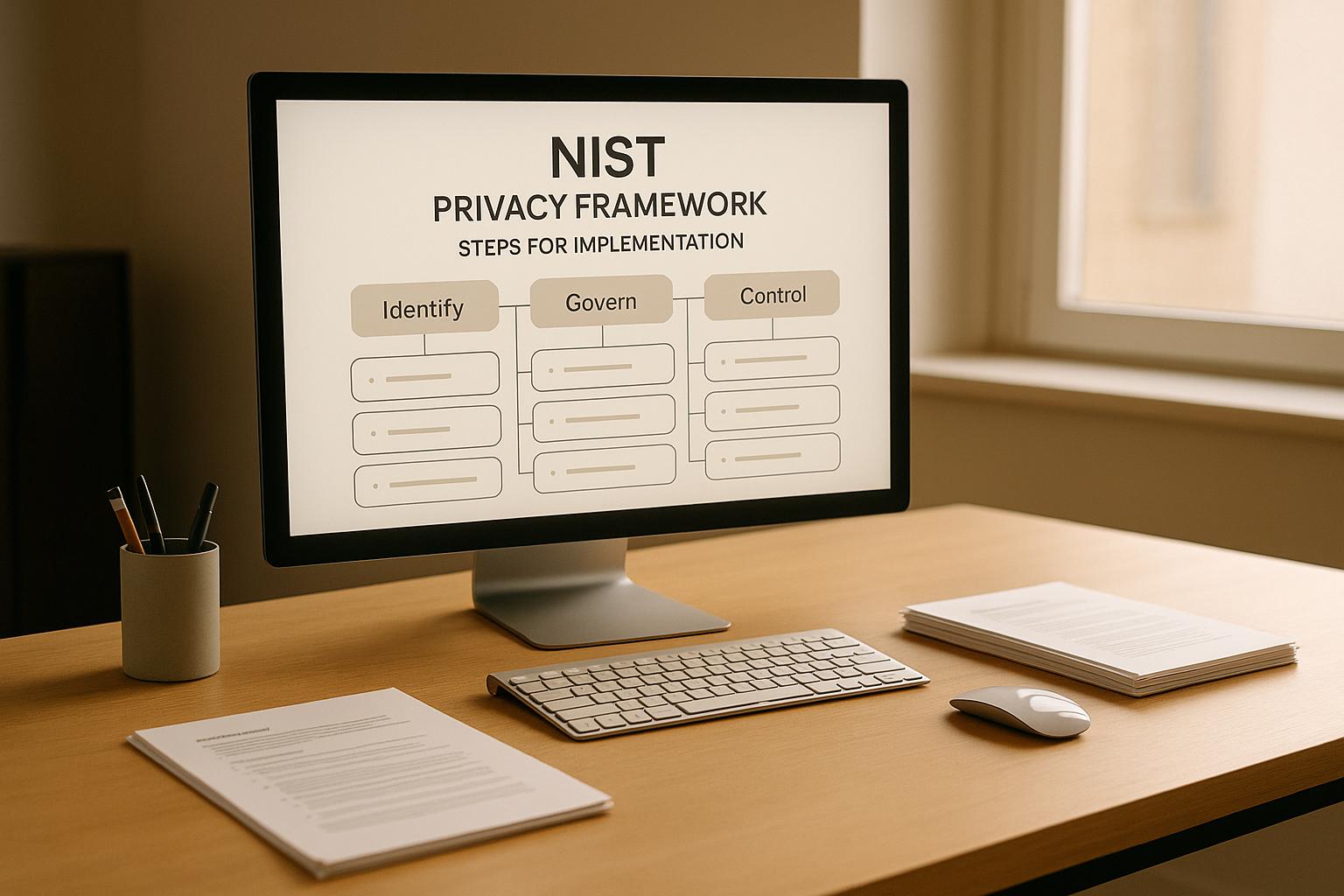Digital transformation isn't just about new technology - it’s about making changes that last. Here's how organizations can ensure digital improvements stick:
- Leadership Commitment: Leaders must actively support and prioritize digital change.
- Daily Integration: Embed new systems into everyday workflows.
- Adaptability: Continuously update processes to meet evolving needs.
Why It Matters:
Failed transformations lead to wasted investments, frustrated employees, and lost market opportunities. Success requires tracking progress with clear metrics like ROI, user adoption, and customer satisfaction.
Proven Strategies:
- Frameworks like ADKAR and Kotter’s 8 Steps: Help guide structured, people-focused change.
- Case Studies: Examples like Salesforce Lightning adoption and AI implementation show how combining technology with employee engagement leads to lasting results.
- Consultants and Excellence Centers: Provide expertise, tools, and training to sustain transformation.
Key Takeaway: Sustainable digital transformation depends on strong leadership, clear goals, and ongoing efforts to integrate changes into an organization's culture and operations.
How To Sustain Your Digital Acceleration
Real Examples of Lasting Digital Change
Here are two case studies that highlight how organizations successfully achieved sustainable digital transformation by combining technology with a human-centered approach.
Retirement Investment Fund: Salesforce Lightning Transformation
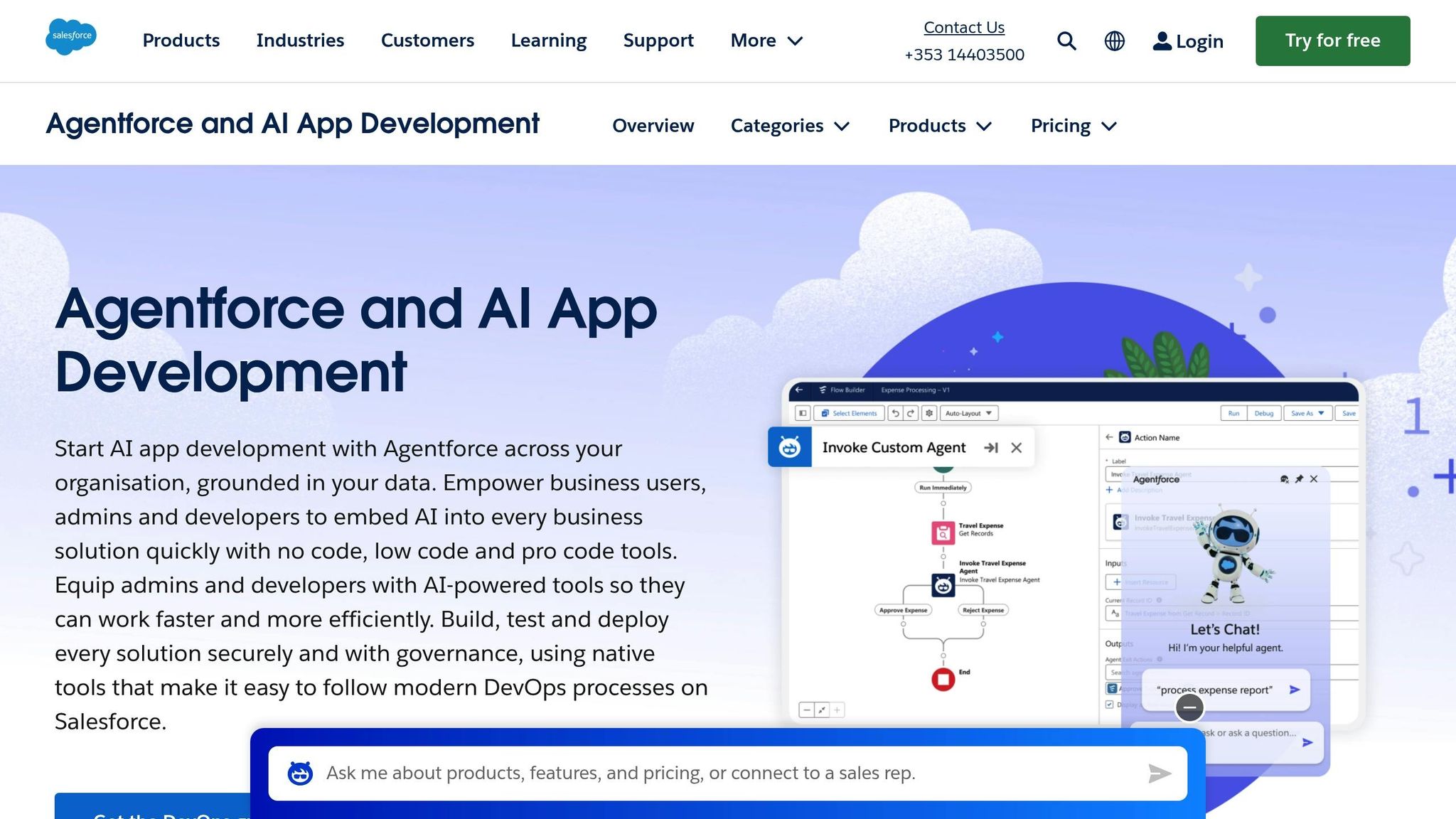
Between 2023 and 2024, a retirement investment fund managing over one million public sector accounts overhauled its operations by transitioning to the Salesforce Lightning platform. Partnering with Eagle Hill Consulting, the organization used agile change management techniques that prioritized both employee and customer experiences.
Key factors in their success included:
- Conducting a thorough discovery phase with stakeholder interviews and focus groups
- Developing detailed "day-in-the-life" personas to better understand user needs
- Regularly incorporating feedback from end users
- Seamlessly integrating updates into daily workflows
These efforts led to measurable improvements in communication between managers and their teams. This case shows how combining technical upgrades with an approach centered on people can create meaningful, lasting change. Leadership and operational adjustments played a vital role in anchoring this transformation.
TechInnovate: AI Implementation
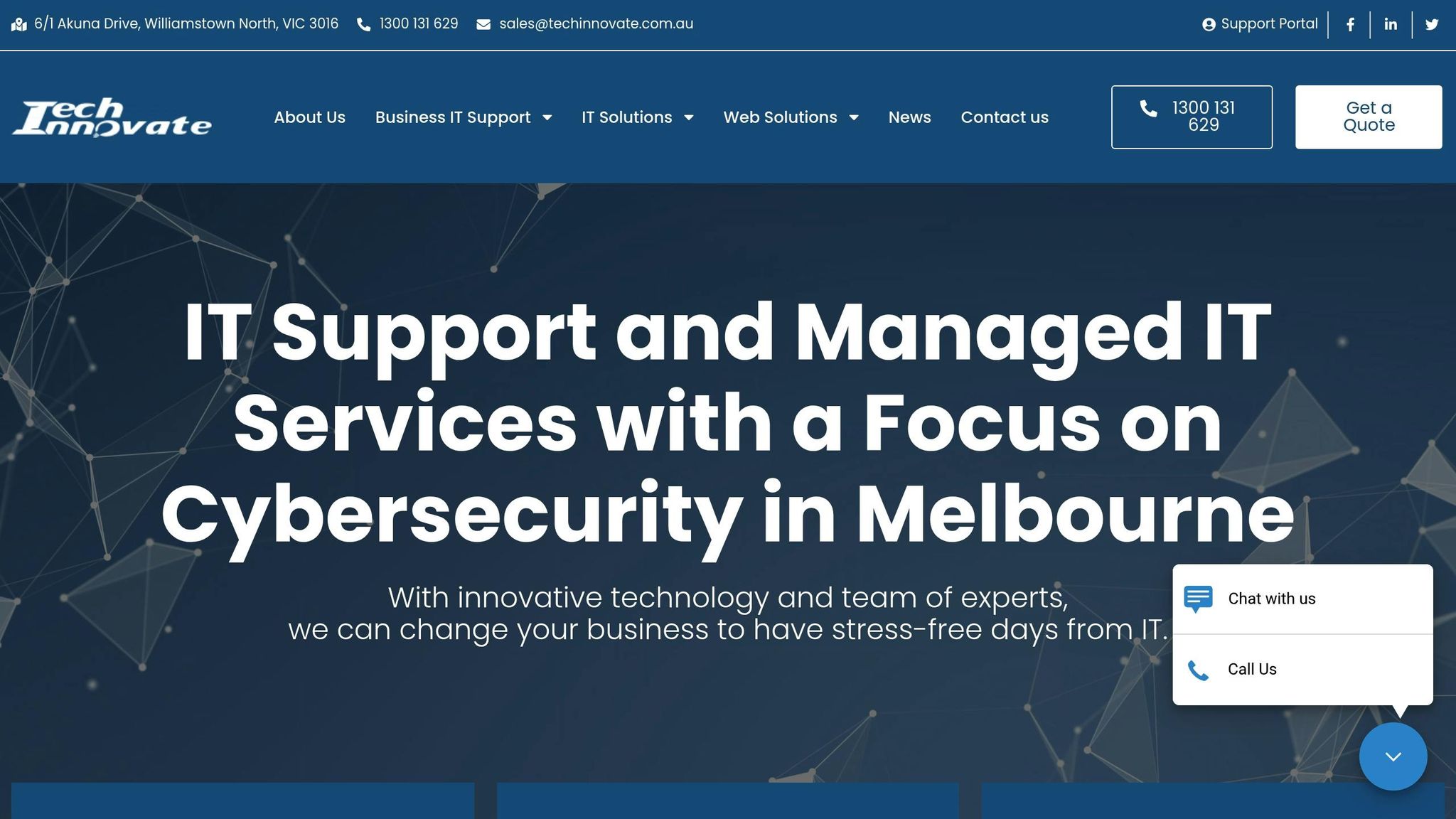
TechInnovate pursued digital transformation by focusing on the adoption of AI technologies through structured change management. Their strategy revolved around three key areas:
| Focus Area | Implementation Approach | Results |
|---|---|---|
| Leadership Alignment | Unified messaging from the executive team | Clear direction and visible support |
| Communication Channels | Regular town halls, newsletters, and digital platforms | Greater employee engagement |
| Innovation Culture | Actively integrating employee feedback | Encouraged ongoing improvement |
By embedding digital processes into daily operations and maintaining high employee engagement, TechInnovate demonstrated how a strong leadership commitment paired with systematic implementation can drive sustainable change.
These examples highlight proven strategies for integrating technology with agile, people-focused practices to ensure enduring digital transformation.
Methods for Making Change Last
Structured frameworks play a crucial role in ensuring that digital transformation efforts don't just succeed initially but continue to thrive over time. Below are three well-established frameworks that organizations can use to build and sustain meaningful change.
Using the ADKAR Model
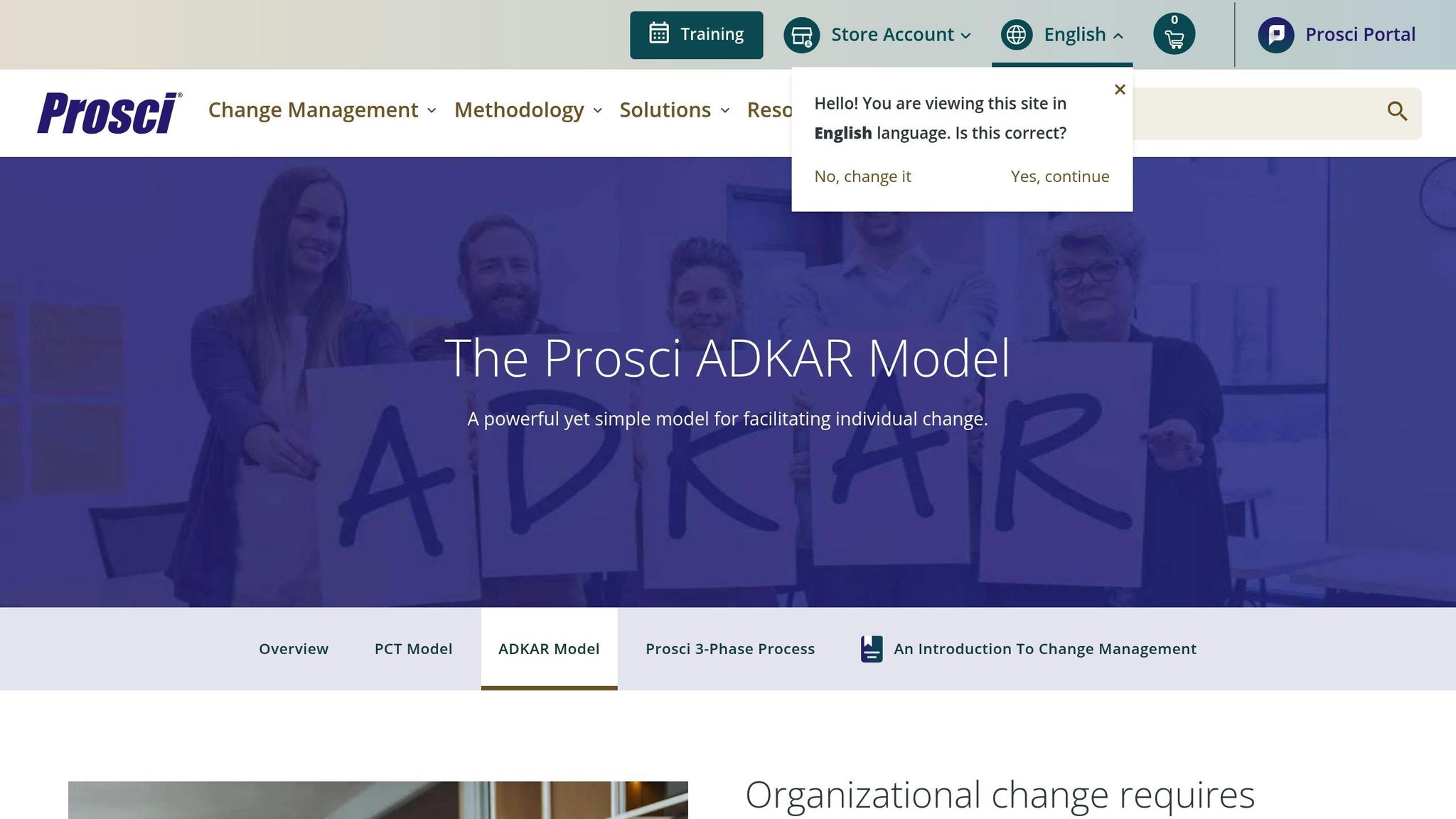
The ADKAR model focuses on five essential elements to guide individuals and teams through digital transformation effectively:
| ADKAR Element | Focus | Success Metrics |
|---|---|---|
| Awareness | Communicating the need for digital change | Surveys measuring employee understanding |
| Desire | Highlighting benefits and personal impacts | Participation rates in initiatives |
| Knowledge | Providing technical and process training | Skill assessments and completion rates |
| Ability | Offering hands-on practice and ongoing support | Performance improvements |
| Reinforcement | Establishing recognition and feedback systems | Long-term adoption rates |
This model ensures that employees not only understand why the change is happening but also feel motivated, equipped, and supported to embrace it fully. Reinforcement mechanisms, like feedback loops and recognition programs, are key to maintaining momentum.
Applying McKinsey 7S Framework
The McKinsey 7S Framework provides a comprehensive approach to aligning various organizational elements with digital transformation goals. A case in point is TechInnovate, which successfully embedded AI into its operations by addressing these seven components:
- Strategy: Clearly define digital objectives that align with the organization's broader goals.
- Structure: Reorganize teams and workflows to support new digital processes.
- Systems: Introduce tools and workflows that enable seamless digital integration.
- Shared Values: Cultivate an environment that encourages innovation and adaptability.
- Style: Promote leadership styles that prioritize digital-first thinking.
- Staff: Invest in training programs to build digital skills across the workforce.
- Skills: Focus on acquiring and developing technical expertise that supports transformation.
By tackling these areas simultaneously, organizations can create a cohesive environment where digital initiatives are naturally embedded into day-to-day operations.
Following Kotter's 8 Steps
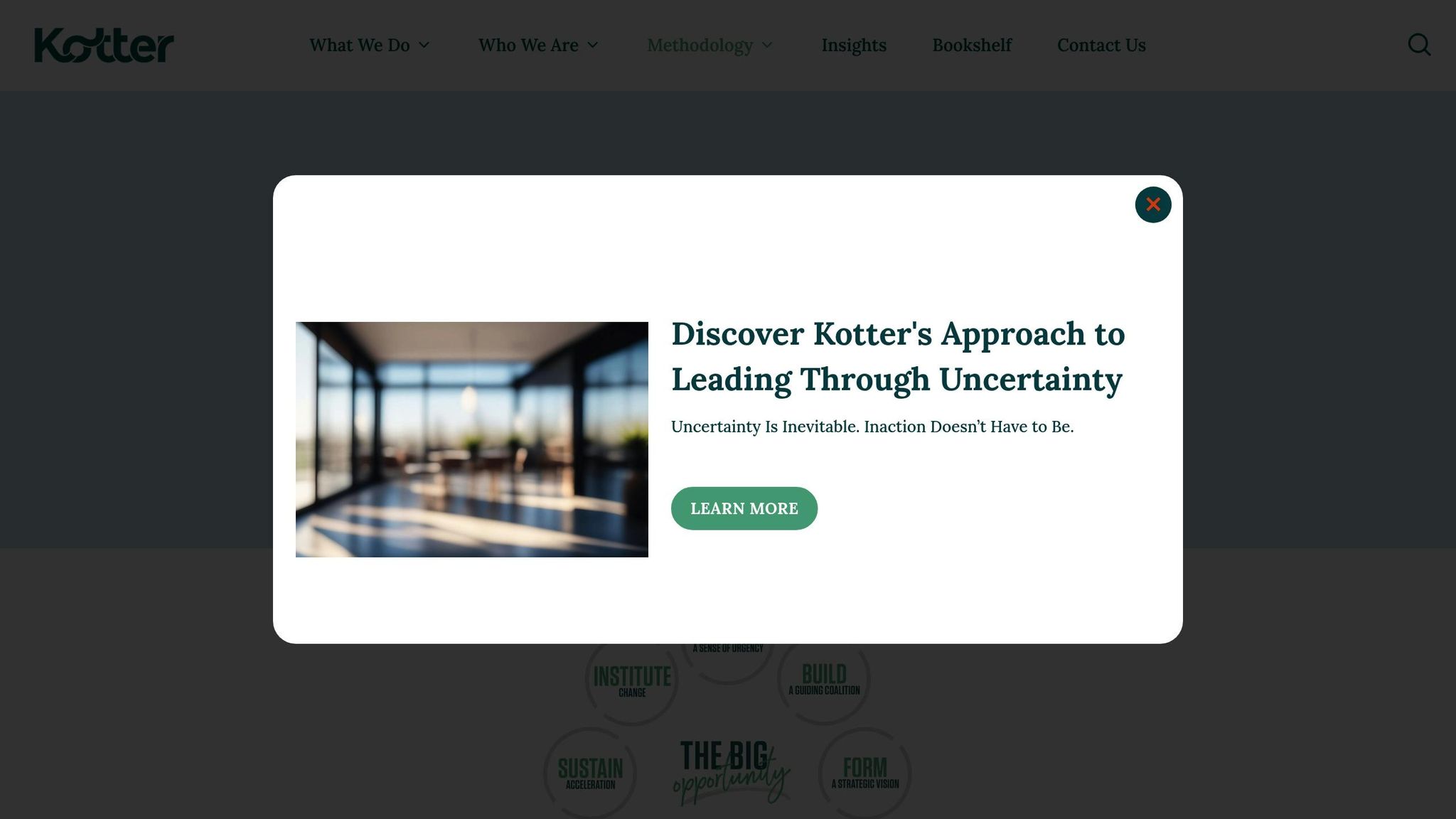
Kotter's methodology, when adapted for digital transformation, provides a clear roadmap for driving change:
- Create Digital Urgency: Use market data and competitive analysis to highlight the importance of digital evolution.
- Build Digital Champions: Identify and empower leaders with the vision and technical skills to guide the transformation.
- Form Clear Vision: Set specific, actionable goals for how digital tools will improve operations and customer experiences.
- Enable Action: Address technical challenges and provide teams with the resources they need to succeed.
These initial steps lay the groundwork for change, with additional steps in Kotter's full framework ensuring that the transformation becomes ingrained in the organization's culture.
sbb-itb-97f6a47
Common Problems and Solutions
Sustaining digital transformation isn’t just about having the right strategy - it’s about tackling the real challenges that arise along the way. Here are some practical examples of how organizations have addressed common hurdles to keep their transformation efforts on track.
Managing Employee Pushback
Resistance to change is a natural reaction, especially when employees fear job displacement or feel overwhelmed by new processes. TechInnovate tackled this by focusing on leadership involvement and open communication. Their approach included:
- Addressing concerns about job displacement by offering targeted skills training to help employees adapt.
- Keeping communication transparent with regular town halls and digital updates to ensure everyone stayed informed.
- Providing technical support and mentorship to make the transition smoother for employees.
Updating Old Systems
Legacy systems often pose a significant roadblock to digital transformation. Eagle Hill Consulting worked with a financial services client to modernize their systems in a structured way:
- They started by evaluating existing systems and mapping out dependencies to understand what could be updated and when.
- Next, they piloted migrations with non-critical systems to test the process and identify potential issues.
- Finally, they rolled out the updates fully, running new and old systems in parallel to ensure continuity during the transition.
Tracking Results Over Time
Measuring the success of digital transformation is crucial to maintaining progress. One client used digital analytics and ROI dashboards to track adoption rates, efficiency gains, and overall impact. By establishing clear baselines and regularly reviewing performance, they could pinpoint areas for improvement and sustain momentum.
For organizations seeking help with measurement strategies, consultants can provide valuable expertise. Resources like the Top Consulting Firms Directory (https://allconsultingfirms.com) offer a starting point for finding the right support.
These practical solutions show how addressing operational challenges head-on can drive meaningful and lasting change.
Working with Consultants
Once organizations overcome operational hurdles, many turn to consulting experts to solidify and expand their digital transformation efforts. Partnering with consultants often plays a key role in ensuring these transformations are sustainable.
Setting Up Excellence Centers
Excellence centers act as central hubs for maintaining transformation standards and sharing best practices across departments. For example, when Prosci assisted an international bank in enhancing its digital capabilities, they established excellence centers that provided:
- Standardized tools and methodologies to ensure consistent implementation
- Leadership coaching to guide decision-makers
- A centralized repository of lessons learned and best practices
- Training programs to build internal change management expertise
These centers also introduced governance structures to monitor progress and coordinate changes across business units. By doing so, they ensured that while each department could adapt to its unique needs, all adhered to the organization’s core principles. This structured approach fosters collaboration, paving the way for better team alignment and informed consultant selection.
Getting Teams to Work Together
Take Eagle Hill Consulting, for instance. They conducted a rapid discovery phase using interviews and focus groups to bring diverse teams together. This process improved communication and strengthened cross-functional relationships, helping to maintain the momentum of transformation efforts.
Choosing a Consultant
Once teams are aligned and internal hubs are in place, selecting the right consultant becomes a priority. Here are some important factors to consider:
| Criteria | What to Look For |
|---|---|
| Expertise | Experience in digital transformation and change management |
| Track Record | Proven success stories and measurable results |
| Customization | Ability to adapt strategies to your organization’s culture |
| Knowledge Transfer | Plans to develop internal capabilities |
| Technology Proficiency | Familiarity with relevant platforms and tools |
To simplify the search process, organizations can explore resources like the Top Consulting Firms Directory (https://allconsultingfirms.com).
Studies indicate that organizations using structured change management approaches are six times more likely to achieve or exceed their project goals. For example, during TechInnovate’s digital transformation, consultants played a pivotal role in aligning leadership and establishing clear communication channels. This approach not only ensured a smooth transformation but also drove significant business growth. With the right consulting strategies, organizations can secure long-term operational improvements and embed digital change into their core processes.
Conclusion: Main Points for Lasting Change
Drawing from the lessons in our case studies, several factors and actions stand out as essential for driving meaningful and enduring digital transformation.
What Drives Success?
Achieving digital transformation doesn’t happen by chance - it requires a deliberate and well-structured approach. Here's a breakdown of the critical elements that keep the momentum going:
| Success Factor | Key Components |
|---|---|
| Leadership Commitment | - Unified vision at the executive level - Active involvement from leaders - Adequate resource allocation |
| Change Management | - Use of structured models like ADKAR or Kotter - Regular feedback mechanisms - Consistent progress monitoring |
| Employee Engagement | - Transparent communication - Comprehensive training initiatives - Systems to recognize and reward contributions |
| Technical Infrastructure | - Phased rollouts - Updates to outdated systems - Detailed plans for system integration |
For example, TechInnovate demonstrated how strong leadership and open communication can significantly reduce employee resistance while improving adoption rates.
Taking the Next Steps
If you're ready to move forward with your digital transformation, here are three actionable steps to set your organization on the right course:
- Assess Readiness: Start with a thorough evaluation of your current state. Identify key stakeholders, potential barriers, and opportunities for improvement.
- Define Metrics for Success: Establish clear KPIs, such as user adoption rates, customer satisfaction scores, operational efficiencies, and financial performance indicators.
- Build a Network of Experts: Collaborate with experienced professionals. Explore resources like the Top Consulting Firms Directory (https://allconsultingfirms.com) to find trusted partners.
Digital transformation is not a one-time event - it's a continuous process. By embracing these strategies and tapping into expert guidance, organizations can achieve sustainable growth and long-term success.
FAQs
What are the best ways to measure the success of a digital transformation initiative?
Measuring the success of a digital transformation effort means keeping an eye on key performance indicators (KPIs) that match your business objectives. Some of the most common metrics to track include cost savings, revenue growth, customer satisfaction scores, and operational efficiency gains.
It’s also important to look at how well employees are adopting new technologies, how quickly processes are improving, and the overall return on investment (ROI). By regularly reviewing these metrics, you can pinpoint areas that need tweaking and ensure steady progress over time.
How do consultants help businesses sustain change during digital transformation?
Consultants are key players in making digital transformation efforts successful and sustainable. They offer expertise in areas like change management, technology integration, and strategic planning, helping businesses tackle complex transitions with clarity and purpose. By pinpointing potential obstacles and crafting customized solutions, consultants ensure that changes are implemented smoothly and remain effective in the long run.
Beyond implementation, consultants often deliver training, design frameworks, and set up processes that enable teams to embrace new technologies and workflows confidently. Their support helps organizations align their objectives, make the best use of their resources, and keep progress on track throughout the transformation process.
What are effective strategies for addressing employee resistance and outdated systems during digital transformation?
To tackle employee resistance, prioritize open communication and inclusive strategies. Start by involving employees early in the process - explain how digital transformation benefits both the organization and their roles. Offer training sessions to build their confidence and address any concerns they might have. Creating an environment of collaboration and openness can go a long way in reducing pushback.
When dealing with outdated systems, begin by evaluating your current technology setup to identify weaknesses. Focus on upgrading or replacing systems that best support your business objectives. Collaborating with digital transformation experts, like consulting firms, can offer valuable guidance and ensure a smoother transition to updated systems. Adopting an incremental approach can also help minimize disruptions while keeping operations running smoothly.
